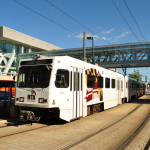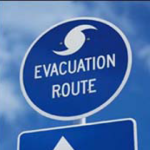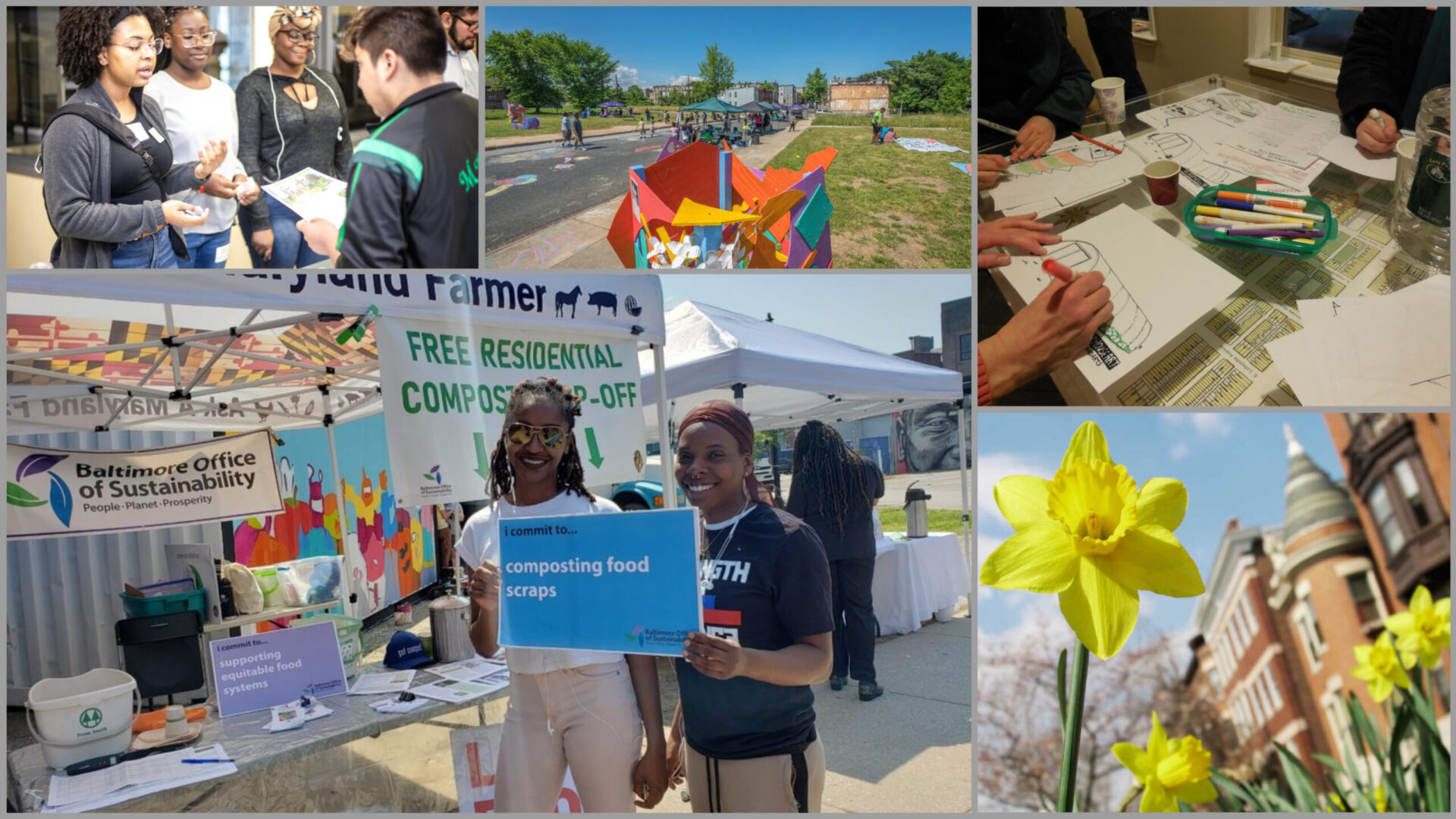Background
Created in 2013, the Disaster Preparedness and Planning Project Plan develops a unified approach to hazard mitigation and climate adaptation. The Federal Emergency Management Agency (FEMA) requires every local jurisdiction to adopt an All Hazards Mitigation Plan (AHMP). Dp3 was created as a manner to address existing hazards while simultaneously preparing for those predicted by climate change.
Hazards
In order to determine the appropriate strategies and actions for climate adaptation and hazard mitigation, natural hazards which threaten the City had to be identified. In Baltimore, the following hazards pose a threat;
Flooding
Coastal Hazards—Hurricanes, Sea Level Rise, Storm Surge, Coastal Inundation
Precipitation Variability—Precipitation, Winter Storms, Drought, Dam Failure
Extreme Wind
Extreme Heat
Air Quality
Goals
Protect the health, safety and welfare of Baltimore City residents and visitors
Prevent damage to structures, infrastructure, and critical facilities
Build resilience and disaster prevention and planning into all programs, policies and infrastructure
Enhance the City of Baltimore’s adaptive capacity and build institutional structures that can cope with future conditions that are beyond past experience
Promote hazard mitigation and climate adaptation awareness and education throughout the city of Baltimore
Become a Community Rating System (CRS) classified community
Strategy Areas
A 42 member Advisory Committee and several working groups focused on four key sectors; infrastructure, buildings, natural systems, and public services. The following sections detail strategies put forth in the plan for each respective area

Infrastructure
Maintaining the quality and necessary capacity of the built public infrastructure that services our daily needs will ensure public safety and economic security. DP3 includes strategies to protect our energy, wastewater, drinking water, and transportation infrastructure, among others.
 Buildings
Buildings
Baltimore has a diverse and extensive collection of buildings in the city, many of which have historical significance. These structures are vulnerable to damage from hazards. Strategies within DP3 improve building design and code to protect against hazards and improve resource conservation.

Natural Systems
Natural systems have the potential to be utilized as a mitigation strategy against climate change. DP3 strategies outline utilization of green corridors, preservation of shoreline areas, as well as water supply management tactics
 Public Services
Public Services
Disaster preparedness and distribution of resources, information, and response plans is key to ensuring public safety and mitigating tragic consequences associated with hazards. DP3 creates coordinated planning and communication efforts, as well as education and outreach.
More Information
More information about specific goals and metrics, as well as implementation strategies can be found by visiting the DP3 Plan homepage.

